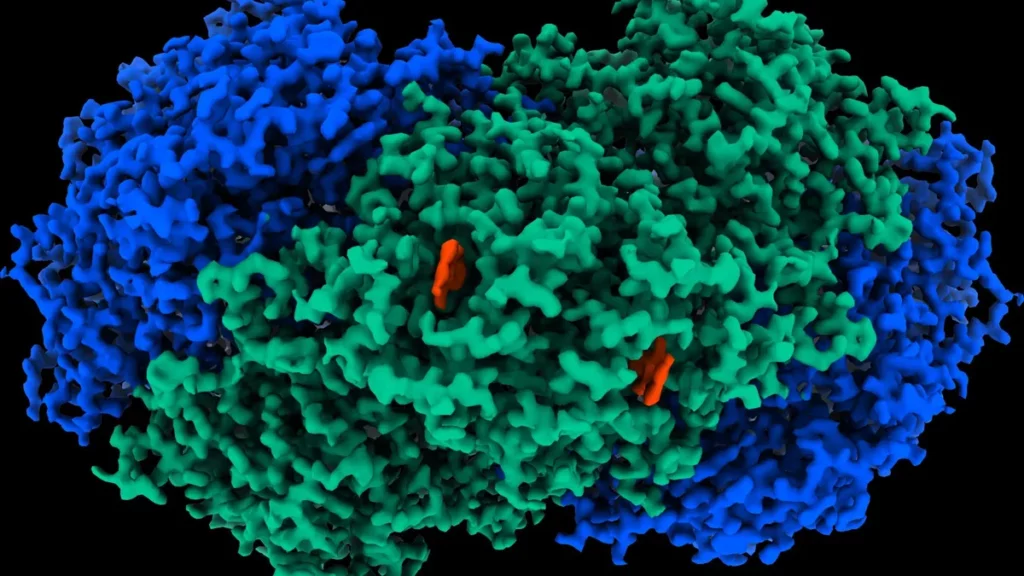A group of microbiologists in Australia have discovered an enzyme that converts hydrogen into electricity, which could one day be used to create a source of energy literally out of thin air. The enzyme, which they named Huc, is used by a bacterium to take energy from atmospheric hydrogen, allowing it to tackle harsh environments.

Bacteria remove over 70 million tons of hydrogen every year from the atmosphere, a process that shapes the composition of the air we breathe. The researchers estimate that 60% to 80% of these bacteria could have enzymes like Huc, which means there’s a significant amount of electricity that could one day be taken from biological sources.
“We’ve known for some time that bacteria can use the trace hydrogen in the air as a source of energy to help them grow and survive, including in Antarctic soils, volcanic craters, and the deep ocean,” Chris Greening, microbiologist and a contributor to the new study, said in a statement. “But we didn’t know how they did this until now.
A potential new source of power
Huc was found inside the bacteria Mycobacterium smegmatis, which often used in the laboratory by researchers to study the cell wall structure of its relative, Mycobacterium tuberculosis. M. smegmatis uses Huc to grow in extreme environments, such as volcanic craters or the deep ocean. But how it does this has been a pervading mystery — until now.
Greening and a team of experts at Monash University in Australia isolated Huc using a technique called chromatography, which allows the separation of the components of a mixture. Then, they looked at the enzyme’s atomic structure with cryo-electron microscopy, a technique applied to samples cooled to cryogenic temperature.
This allowed the researchers to map Huc’s atomic structure and the electrical pathways it uses to carry the electrons. Huc has a structure with charged ions of nickel and iron. When hydrogen molecules (two protons, two electrons) get in there, they lose their electrons. Huc then sends these electrons in a stream to create a current.
“What we really wanted to do was isolate Huc from a bacterium able to scavenge atmospheric hydrogen,” Rhys Grinter, the study lead author and microbiologist, said in a media statement. “That is a challenging thing to do, because often these environmental bacteria are hard to cultivate. So, we developed a series of new methods.”
The researchers also used a technique called electrochemistry to demonstrate that Huc can convert small concentrations of hydrogen in air directly into electricity, which can power an electrical circuit. Additionally, laboratory tests showed that it’s possible to store purified Huc for long periods. “It’s astonishingly stable,” author Ashleigh Kropp said in a statement.
Huc has a long list of potential energy applications, the researchers said. But these have a limited scale due to the small amount of hydrogen Huc has access to in the air. However, they believe that one day Huc could be used to power small electronics. If it’s given a large source of hydrogen to use, Huc power applications could expand, the researchers said.
The study was published in the journal Nature.









